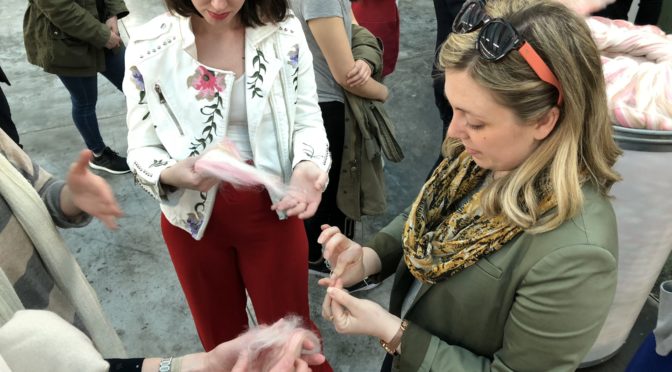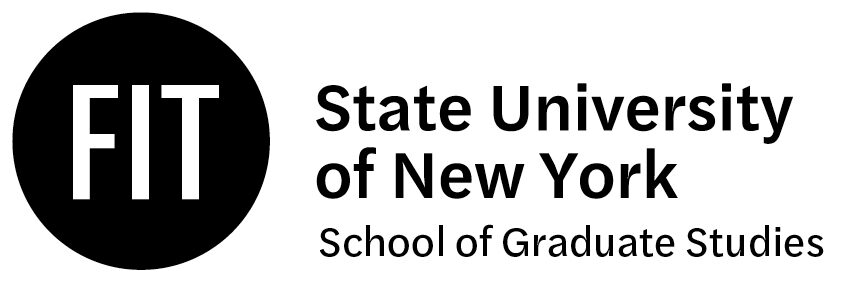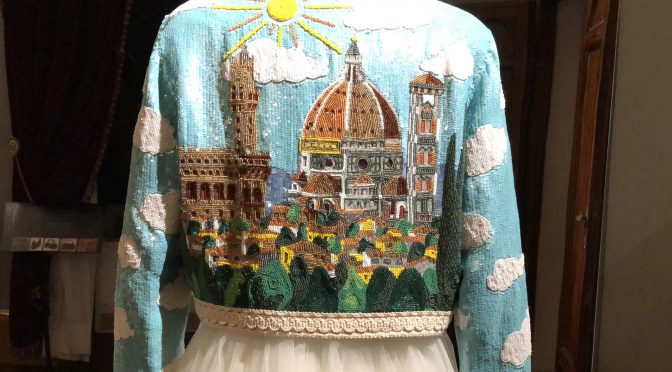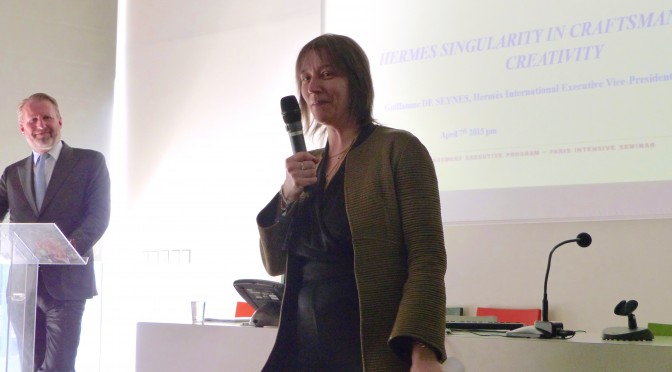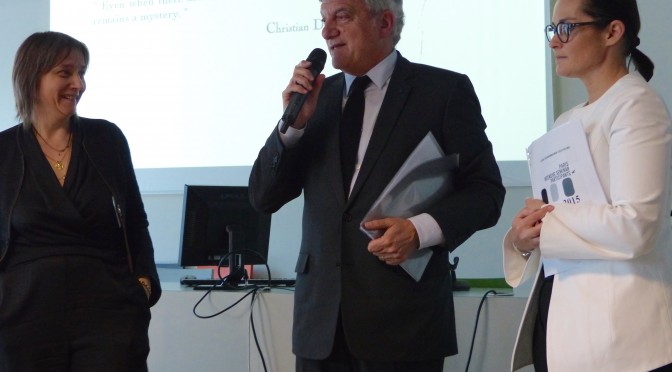By Michael Battista Industry Coordinator to the Global Fashion Management Program The apparel and fashion industry is complex and multifarious. With variables steeped in aesthetic and material culture that both affect and lie at the mercy of increasingly unpredictable and unstable economic and political forces, there are many learning opportunities to be had. In the case […]
